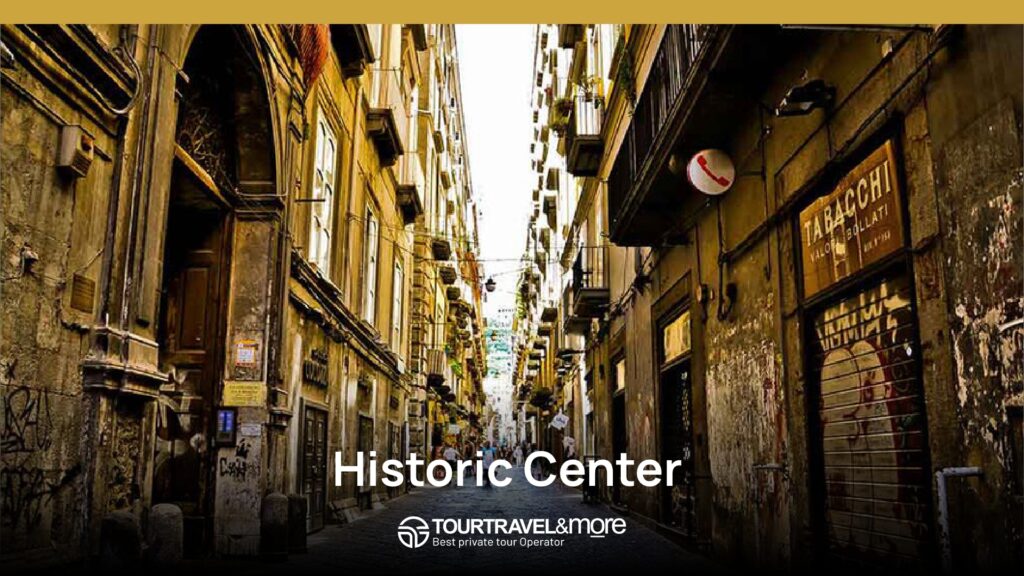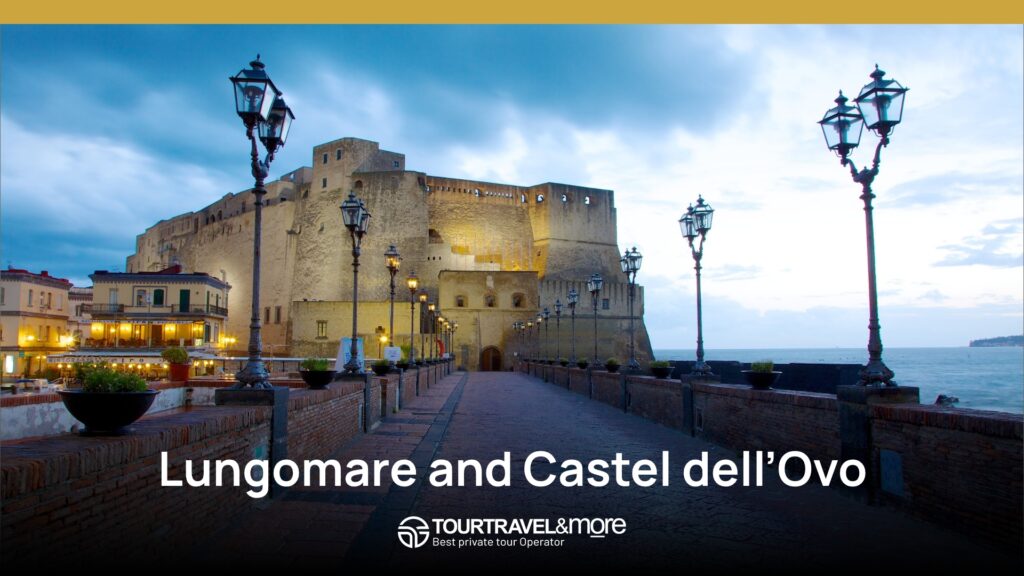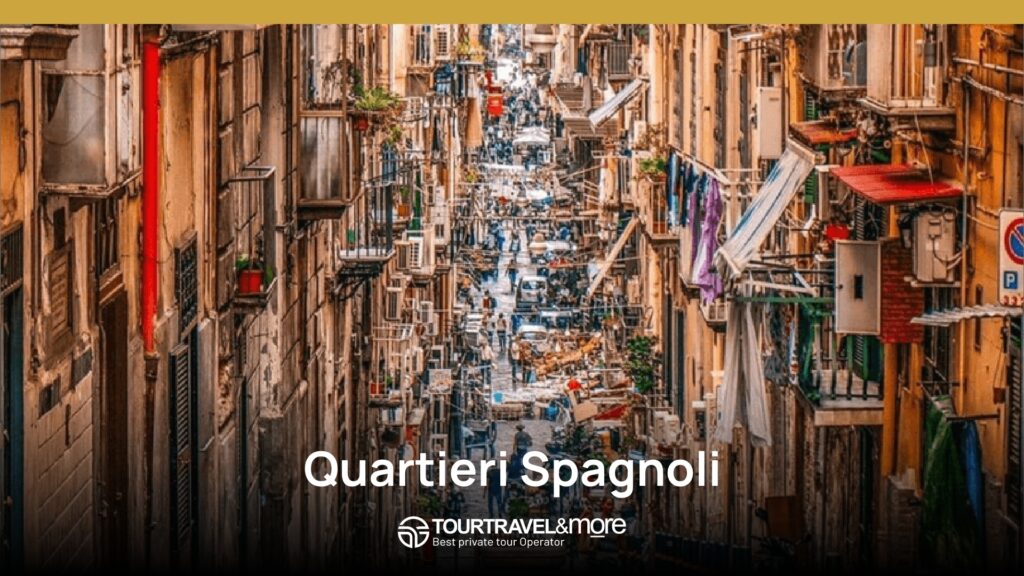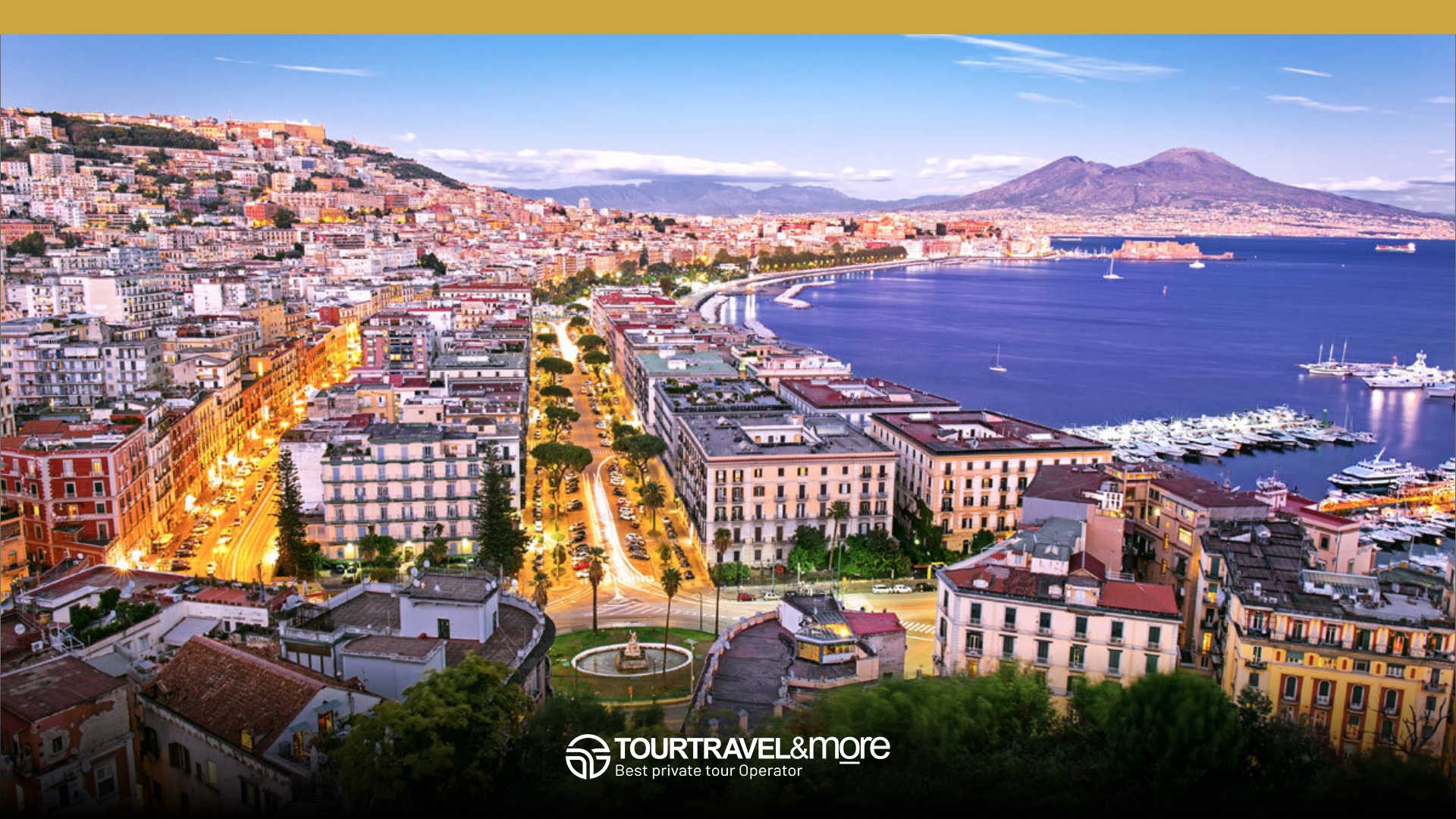When I arrived in Naples, one of my biggest questions was whether I could actually explore the city on foot or if I would have to rely on public transport. After wandering its streets, trying out the metro and funiculars, and getting lost in its historic neighborhoods, I can say yes, you can explore Naples on foot—with some exceptions.
In this guide, I’ll share the best areas for walking, when it’s better to use public transport, and essential tips for navigating the city in the most efficient way.
Naples on Foot: Can you get around without transport?
Unlike other major Italian cities like Rome or Milan, Naples is compact and walkable in many areas. In fact, many of its main tourist attractions are relatively close to each other, especially in the historic center.

My personal experience: During my stay in Naples, I walked most of the time. I only used the metro to get to Garibaldi Station and the funiculars to go up to the Certosa di San Martino. To visit the Catacombs of San Gennaro, I took the bus—but figuring out the right line was a real challenge.
How long does it take to walk across Naples?
Here’s a rough estimate of walking times between some of the city’s main points of interest:
- Piazza del Plebiscito → Spaccanapoli: 15 min
- Spaccanapoli → National Archaeological Museum: 20 min
- Historic Center → Lungomare (Seafront): 25 min
- Historic Center → Garibaldi Station: 30 min
- Historic Center → Catacombs of San Gennaro: 45 min (at this point, taking transport is advisable)
In general, if you enjoy walking and experiencing street life, Naples is a perfect city to explore on foot.
Best Neighborhoods for Walking in Naples
Historic Center (Spaccanapoli and Surroundings)
This is the heart of Naples and the best area to explore on foot. Its narrow streets, centuries-old churches, and cozy trattorias make getting lost part of the charm.

Must-visit spots on foot:
- Via dei Tribunali (for the best pizza)
- Piazza del Gesù Nuovo
- Santa Chiara Church
- San Gregorio Armeno Street (famous for nativity scene workshops)
My personal experience: Walking through Spaccanapoli was incredible, but you need to watch out for scooters and traffic. In some streets, cars and scooters pass very close, so staying alert is crucial.
Lungomare and Castel dell’Ovo
Naples’ seafront promenade is perfect for a relaxing, traffic-free walk. The views of Mount Vesuvius are stunning.

Must-visit spots on foot:
- Caracciolo Seafront Promenade
- Castel dell’Ovo
- Piazza del Plebiscito
- Gran Caffè Gambrinus (to taste authentic Neapolitan coffee)
Tip: This walk is best enjoyed at sunset when the light makes the Bay of Naples look spectacular.
Quartieri Spagnoli
This traditional neighborhood is a maze of alleyways lined with hanging laundry, fast-moving scooters, and hidden restaurants.

Must-visit spots on foot:
- Maradona Murals
- Traditional trattorias
- Authentic Neapolitan street life
Important: It’s safe during the day, but at night, it’s better to avoid poorly lit areas.
Where It’s Best to Use Public Transport
While walking is a great option, there are areas where using the metro, funiculars, or buses can save time and effort.
Vomero and the Certosa di San Martino
Vomero is on a hill, so walking up can be exhausting. It’s best to take the Montesanto or Centrale funicular and then walk downhill.
My personal experience: I took the funicular up to the Certosa di San Martino and then walked down to the Galleria Umberto I. The descent was pleasant, but I wouldn’t recommend walking uphill.
Catacombs of San Gennaro
They are far from the city center, and while it’s possible to walk there, the route is long and uphill. The best option is to take a bus (lines R4 or 168).
From/To Garibaldi Station
If you arrive in Naples by train, it’s better to take the metro to the center instead of walking with luggage.
Tips for Walking Around Naples
- Wear comfortable shoes. Naples’ streets can be cobbled and hilly.
- Be cautious when crossing the street. Cars and scooters don’t always respect traffic lights.
- Avoid some areas at night, especially certain parts of the Quartieri Spagnoli.
- Embrace the chaos. Naples is lively, noisy, and full of character—its essence lies in its streets, its people, and its energy.
My personal experience: I noticed that even in pedestrian streets, scooters still drive through, so staying alert is essential.
Alternatives to Metro and Buses in Naples
If you prefer not to use public transport, here are some other options:
- Walking → Ideal for the historic center and seafront.
- Taxis → Useful if you have luggage or travel at night.
- Electric bikes → Naples isn’t very bike-friendly, but some safe routes exist.
- Scooter rentals → If you dare to ride like a true Neapolitan.
Private Tours in Naples: A Great Option to Explore the City
While walking around Naples is an amazing experience, having an expert guide can make your visit even more enriching. A private tour allows you to discover the city’s history, curiosities, and secrets in a personalized and hassle-free way.
For a more comfortable and informative experience, you can book a private tour in Naples with Tour Travel & More. Their professional guides will take you through the most authentic corners of the city, helping you make the most of your visit while avoiding unnecessary complications.
Is Walking the best way to explore Naples?
Yes, you can explore Naples on foot, and it’s one of the best ways to experience the city. Its historic neighborhoods, lively streets, and amazing food make walking an unforgettable experience.
However, some areas require public transport, especially for long distances or steep climbs.
My personal recommendation: Plan your route well, use the funicular to reach Vomero, take the metro for long distances, but always enjoy the charm of Naples by walking.



